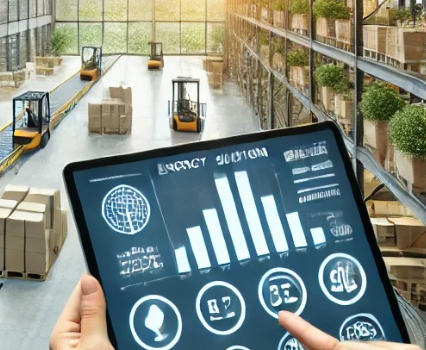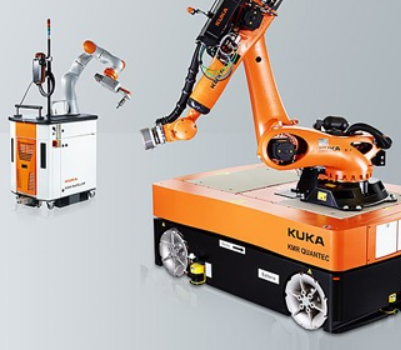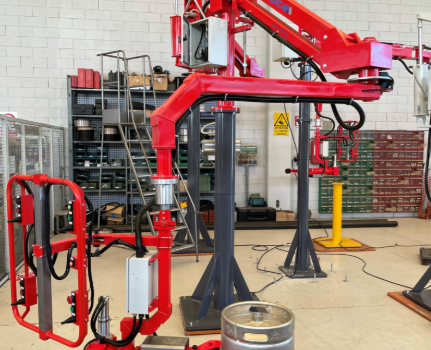
In times of crisis, the ability to keep your business operations running smoothly is crucial. Instead of hoping the problem will resolve itself, it’s vital to have a well-thought-out strategy for managing supply chain disruptions. This is where Supply Chain Crisis Management comes into play—a systematic approach to handling major disruptions and ensuring business continuity while minimizing damage.
What is Supply Chain Crisis Management?
A supply chain crisis can come in many forms: from a sudden supplier bankruptcy to a natural disaster. These events often happen unexpectedly, but with the right strategies in place, you can navigate through them without significant impact on your operations or bottom line. Crisis management isn’t just about damage control; it’s about minimizing disruptions while keeping the business running as smoothly as possible.
Key Elements of Crisis Management
There are several essential components to an effective supply chain crisis management plan:
1. Risk Assessment and Continuous Monitoring
One of the first steps to effective crisis management is ensuring you have real-time visibility across your entire supply chain. This means continuously tracking important metrics, such as inventory levels, shipment statuses, and supplier performance. Many companies today use supply chain control towers to monitor these elements around the clock, enabling them to identify potential disruptions before they escalate.
2. Predefined Response Protocols
Every crisis requires a structured approach, and that starts with having a clear set of response protocols. These should include:
- Designated decision-making authority: Knowing who is in charge during a crisis ensures quick, efficient responses.
- Emergency communication channels: Keep lines of communication open for both internal teams and external partners.
- Backup suppliers: Identify alternative suppliers in advance to quickly shift operations if necessary.
- Alternative transportation routes: Have contingency plans for rerouting shipments if primary channels are disrupted.
- Stock reallocation procedures: Be prepared to move inventory from one location to another to maintain service levels.
3. Business Continuity Planning
Think of business continuity planning as your emergency plan. In the event of a crisis, you need to have documented processes in place to keep critical operations running. For example, if your main distribution center is unavailable, you should know exactly how to reroute shipments through other facilities.
4. Resource Management
During a crisis, it’s vital to have a clear understanding of the resources available to you. This includes:
- Safety stock levels: Make sure you know what inventory you have available to avoid stockouts.
- Transportation capacity: Have insight into available shipping options to adjust to any changes in demand.
- Warehouse space: Know your available storage capacity in case inventory needs to be redirected.
- Labor resources: Understand how much workforce you have and where they can be deployed.
- Financial reserves: Be ready to tap into reserves if additional funding is needed to manage the crisis.
Successful companies often maintain a Crisis Management Team made up of representatives from various departments such as operations, procurement, logistics, and finance. This team regularly reviews potential risks and updates the company’s response plans.
5. Building Strong Relationships
In times of crisis, relationships are invaluable. Having strong, well-established partnerships with multiple suppliers, transportation providers, and warehousing companies can offer the flexibility you need when disruptions occur. Quick response and open communication with these partners can make all the difference in minimizing the impact of a crisis.
Conclusion: Building Resilience, Not Perfection
It’s impossible to prevent every potential crisis from happening, but the goal of crisis management is to build resilience into your supply chain. By having the right strategies, tools, and relationships in place, you can respond quickly and effectively to any disruption, maintaining service levels and protecting your business from excessive damage.




















Comments